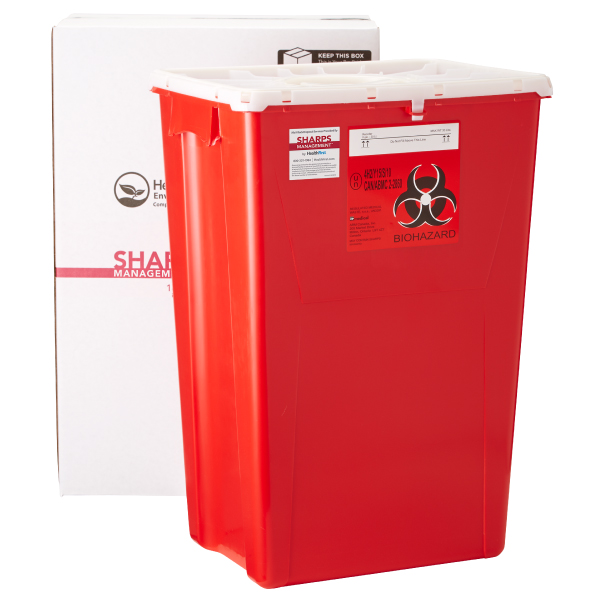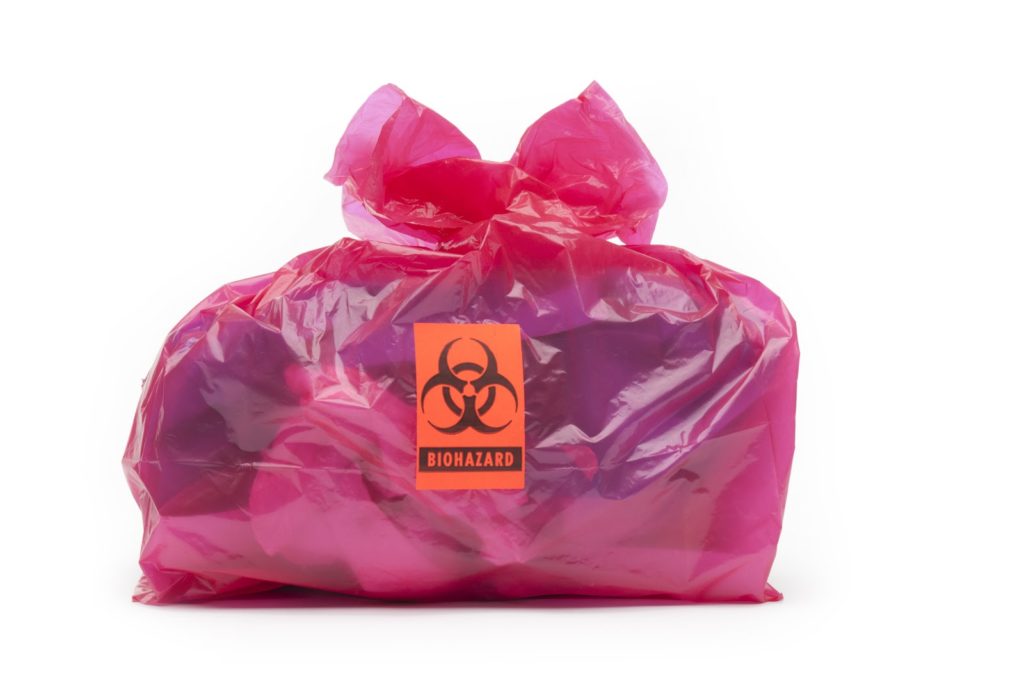Streamlined Solutions: Streamlining Health Care Methods with Expert Medical Waste Disposal
Streamlined Solutions: Streamlining Health Care Methods with Expert Medical Waste Disposal
Blog Article
Understanding the Various Types of Waste Disposal Strategies
In the realm of waste monitoring, the range of disposal techniques readily available today is substantial and varied, each approach offering a distinctive function in dealing with the obstacle of waste disposal. click here. From reusing methods that intend to provide new life to materials, to the detailed processes of unsafe waste administration, the landscape of waste disposal is complicated yet important for environmental sustainability. Comprehending the subtleties of these different methods not only clarifies the value of accountable waste management but likewise triggers us to rethink our method in the direction of garbage disposal in a quickly advancing world

Recycling Techniques
Reusing approaches are critical for sustainable waste administration methods in both household and industrial settings. medical waste removal. By carrying out reliable recycling methods, a considerable amount of waste can be diverted from garbage dumps, conserving all-natural sources and lowering the environmental influence of manufacturing procedures
In houses, curbside recycling programs play a vital duty in motivating households to separate recyclable products from general waste. Materials such as paper, plastics, glass, and metals can be arranged and accumulated for processing into brand-new products, decreasing the requirement for resources and energy-intensive manufacturing procedures.
Industrial facilities additionally rely upon recycling techniques to lessen waste generation and advertise a circular economic situation. By executing closed-loop systems, organizations can reuse materials within their manufacturing procedures, lowering costs and ecological footprint. medical waste removal. In addition, industrial recycling programs typically involve partnerships with specialized reusing facilities to make certain that materials are appropriately sorted, refined, and rehabilitated into the supply chain
Composting Techniques

Oxygenated fixed pile composting involves blending natural waste products in a big heap and regularly transforming it to ensure proper oygenation. This approach is reliable for large composting operations. On the various other hand, vermicomposting makes use of earthworms to break down raw material into nutrient-rich spreadings. This strategy is well-suited for smaller-scale procedures and houses.
In-vessel composting involves positioning organic waste in a closed container with controlled problems for temperature and aeration. Windrow composting includes developing long rows of natural waste and frequently turning them to promote disintegration - medical waste removal service.
Land Fill Disposal
Garbage dump disposal is a typically made use of method for managing waste that can not be reused or composted. Methane gas, a result of breaking down natural waste in garbage dumps, is frequently accumulated and utilized as a source of eco-friendly energy. Initiatives to lower dependence on garbage dumps include advertising waste decrease, recycling, and exploring alternative waste disposal methods to minimize the environmental footprint connected with standard garbage dump disposal techniques.

Waste-to-Energy Incineration
Incineration of waste for energy generation is a technique significantly being thought about as a choice to typical landfill disposal methods. Waste-to-energy incineration involves the combustion of waste materials at high temperature levels, typically in specialized centers designed to create electrical energy or warmth with the procedure - click here. This strategy not only reduces the volume of waste that would otherwise be predestined for land fills yet likewise harnesses the warmth produced during incineration to create power
One of the key advantages of waste-to-energy incineration is its capability to create electrical energy while minimizing the environmental effect compared to traditional land fill disposal methods. By converting waste into energy, this technique aids in reducing greenhouse gas emissions and dependence on fossil fuels for energy generation. Furthermore, waste-to-energy facilities are furnished with innovative air contamination control technologies to mitigate potential toxic wastes released during the combustion process.
Hazardous Waste Management

Considering the crucial importance of liable waste monitoring techniques, specifically in the world of ecological sustainability, the emphasis now shifts towards the intricate domain name of Contaminated materials Administration. Contaminated materials positions significant threats to both human health and wellness and the environment, demanding customized handling and disposal methods. Common instances of harmful waste include chemicals, batteries, chemicals, and digital waste.
Contaminated materials Administration includes the identification, collection, transport, treatment, and disposal of materials considered potentially unsafe or unsafe. This process requires adherence to stringent policies and standards to reduce adverse effect on environments and public health. Numerous methods are used in handling contaminated materials, including recycling, safe and secure garbage dumps, encapsulation, and chemical therapy.
Proper Dangerous Waste Monitoring is vital for protecting against contamination of soil, water resources, and air pollution. It is essential for markets, research laboratories, healthcare centers, and other generators of harmful waste to apply robust administration strategies, training programs, and emergency action plans to guarantee the safe handling and disposal of these products. Failing to manage contaminated materials suitably can have far-reaching consequences, highlighting the relevance of diligent and responsible techniques in this area.
Conclusion
In conclusion, waste disposal strategies play an essential duty in handling and lessening the impact of waste on the setting. It is essential for markets and individuals to recognize the various waste disposal methods offered and choose the most appropriate method for lasting waste monitoring.
In the realm of waste management, the array of disposal strategies offered today is large and differed, each approach serving an unique objective in attending to the obstacle of waste disposal. click here. From recycling approaches that aim to provide new life to materials, to the intricate procedures of harmful waste management, the landscape of waste disposal is complex yet crucial for environmental sustainability. Understanding the subtleties of these various methods not only loses light on the value of liable waste administration but additionally motivates us to reassess our technique index towards waste disposal in a swiftly developing world
Initiatives to decrease dependence on garbage dumps consist of advertising waste reduction, reusing, and checking out alternative waste disposal techniques to minimize the ecological footprint linked with conventional land fill disposal methods.
It is important for people and industries to comprehend the various waste disposal techniques readily available and choose the most proper method for lasting waste management.
Report this page